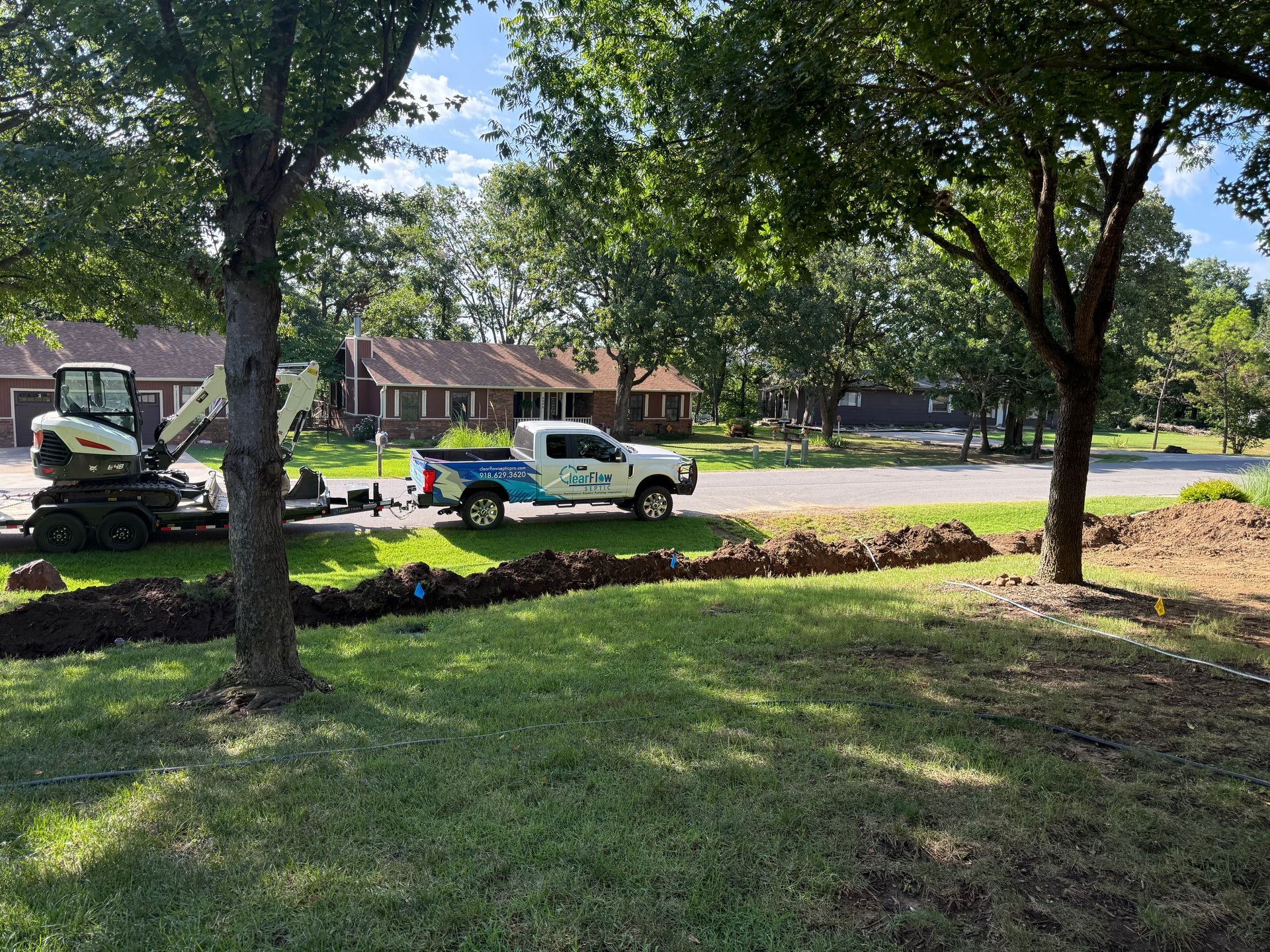What Is a Septic System? Understanding How It Works and What It Includes
If your home or business isn’t connected to a municipal sewer line, you probably rely on a septic system. But what is a septic system, and how does it manage your wastewater?
Here’s what you need to know about how it works, what it includes, and why maintenance is key.
What Is a Septic System?
A septic system is an underground wastewater treatment system used in areas without access to city sewers. It collects, treats, and disperses wastewater from your property using a combination of natural processes and mechanical components.
Septic systems are common in rural areas and are designed to safely filter and dispose of water from toilets, sinks, and appliances.
Need a
new septic system installation? We’ve got you covered.
Key Parts of a Septic Tank
The septic tank is the first and most important part of the system. It temporarily holds wastewater, allowing solids to settle and begin breaking down.
The main parts of a septic tank include:
- Inlet pipe: Directs wastewater from your home into the tank
- Tank body: A sealed chamber that holds wastewater
- Baffles or tees: Help regulate flow and prevent solids from exiting
- Outlet pipe: Sends effluent (liquid waste) to the drainfield or treatment unit
These septic tank components are essential to system function. If any part fails, it can lead to clogs, backups, or contamination. If you’re experiencing issues,
check out our septic tank repair services.
What Happens After the Tank? Exploring the Septic Field
Once liquid waste leaves the tank, it travels to the drainfield—a system of perforated pipes buried underground where the soil filters the water naturally.
So, how deep is a septic field? Most drainfields are buried 18 to 36 inches deep, depending on the local soil and health department requirements. Proper depth is crucial for filtering and protecting groundwater.
For homes with advanced systems, such as aerobic units, see how our
aerobic septic systems work.
Routine Maintenance and Servicing
Routine service is essential for long-term septic system health. Without regular pumping and inspections, even the best systems can fail over time.
Our team provides aerobic septic system servicing and maintenance to keep everything running efficiently and in compliance with regulations.
Why Septic Knowledge Matters
Understanding the septic tank components and how your system works helps you make smarter choices about water usage, household chemicals, and maintenance.
Regular checkups can save you thousands in repairs—and help protect the environment in the process.
Need Septic Service or Repairs?
Have questions or suspect something’s wrong with your system? We’re here to help.
Call us today at 918-701-9504 or contact us today.
From septic system installation to aerobic system servicing, ClearFlow Septic provides dependable service across Northeast Oklahoma.
FAQ
1. What is a septic system used for?
A septic system treats and disposes of wastewater from properties not connected to municipal sewer systems.
2. What are the key parts of a septic tank?
Main parts include the inlet pipe, tank body, baffles or tees, and outlet pipe.
3. How deep is a septic field typically?
Most septic fields are buried between 18 and 36 inches deep, depending on soil and regulatory requirements.



